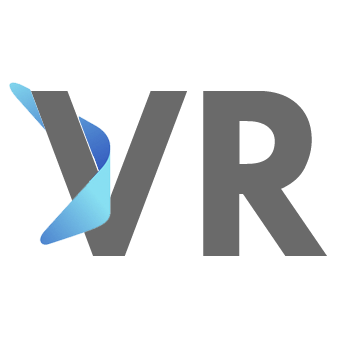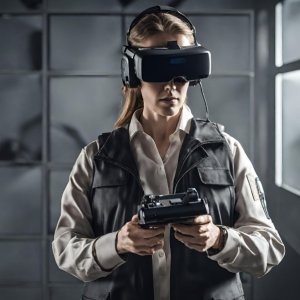Virtual reality (VR) represents one of the most promising emerging technologies of our time. And beyond flashy consumer applications like gaming and entertainment, VR holds unique potential for driving positive social change.
Forward-thinking nonprofits and philanthropic organizations have taken note, of strategically integrating immersive technologies to further their humanitarian initiatives across areas like environmental conservation, promoting inclusion for marginalized groups, boosting education access, and more.
The Power of Presence
VR’s superpower lies in its unmatched ability to make users feel truly present in simulated scenarios as if experiencing them first-hand. This visceral sense of presence can evoke powerful emotions, build empathy, and motivate action even around seemingly abstract crises that appear removed from daily life.
Nonprofits focused on conservation harness this to transport users into sensitive ecological habitats like rainforests and oceans facing tangible threats from human activities. The World Wildlife Fund’s VR showcase brought people face-to-face with the alarming impacts of deforestation in the Amazon. Such initiatives exemplify how the technology’s immersive realism can compel people to care about global challenges and spur supportive action.
Driving Inclusion with Virtual Perspectives
Various social impact organizations leverage VR to advance inclusion and accessibility for marginalized populations, including disabled users. For instance, InsightsXR created free VR training for employers to cultivate compassion by temporarily placing them in the shoes of disabled individuals facing workplace challenges.
Such perspective-based interactions powerfully counter stigma through understanding. Other nonprofits like Visionable deploy VR in hospitals to reduce isolation for young patients by allowing immersive games and virtual connections with remote families. Organizations like the Specialisterne Foundation use VR simulations to ease those with autism spectrum conditions into professional roles.
Making Learning Interactive
Nonprofit education initiatives also increasingly adopt VR to drive enhanced learning outcomes. Interactive VR lessons bring academic concepts alive in ways previously impossible while avoiding constraints of physical infrastructure that limit access.
Organizations like Unimersiv and Labster distribute VR content that transports students into expansive virtual labs, historic recreations, and even the depths of the human body. Such immersive education unlocks curiosity and scientific temperament. VR further assists groups focused on public health education by simulating high-risk scenarios involving drug use or epidemics to influence better decision-making.
Barriers to Adoption
Despite expanding applications, barriers like high production costs and a lack of internal expertise inhibit adoption by nonprofits. Thankfully, falling VR headset prices make the technology far more accessible to the public. However, the costs of custom content creation remain steep for most organizations.
Additionally, the social impact community needs more data quantifying VR’s return on investment across domains to justify allocating precious resources thinly spread on existing initiatives.
Multi-stakeholder collaborations between nonprofits and private sector partners can pave the path ahead. Philanthropic foundations and impact investors might fund immersive media labs tailored to the sector’s needs around technology, talent, and financial access. Established VR studios can volunteer skills through pro-bono consulting, while government innovation grants can bolster evidence-based pilots. Such cross-domain alliances can ultimately empower more nonprofits to harness VR for furthering their admirable social missions.






